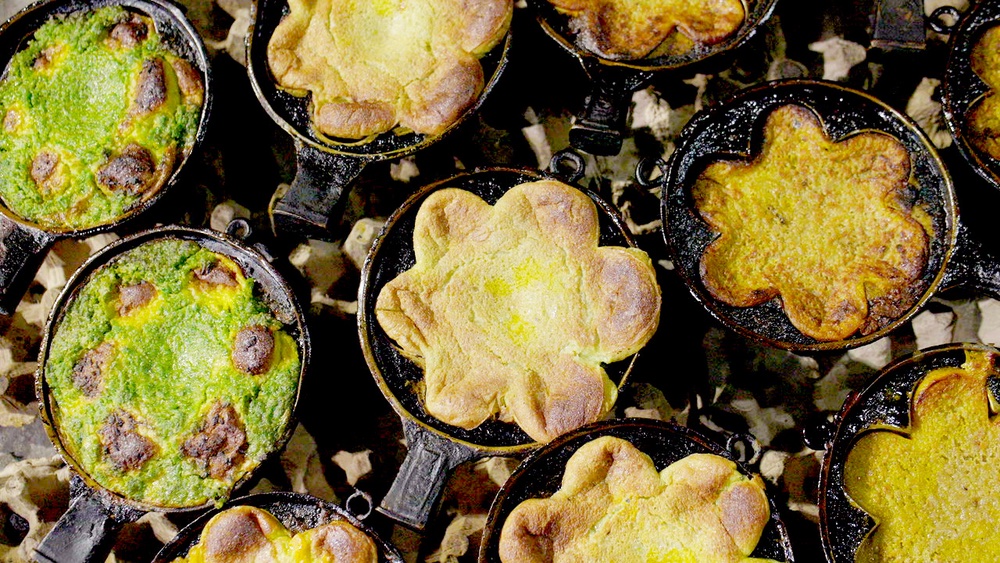Located in the Java Sea, approximately 83 kilometers from the northern coast of Jepara, Karimunjawa Island is one of Indonesia's exotic marine tourism destinations. Known as the "Caribbean of Java," this archipelago offers the charm of white sandy beaches, crystal clear waters, and diverse marine life. Karimunjawa is a perfect destination for snorkeling and diving enthusiasts, and those seeking to experience the beauty of pristine tropical nature. Karimunjawa consists of 27 small islands, of which only a few are inhabited, while most are uninhabited, surrounded by crystal clear waters. This makes Karimunjawa a favorite destination for snorkeling, diving, and enjoying the beauty of the beaches. Karimunjawa has been designated a National Park by the Jepara government since March 15, 2001. Karimunjawa is home to coral reefs, mangroves, coastal forests, and nearly 400 species of marine life, including 242 species of ornamental fish. Wonderful Indonesia: Some of the rare fauna...
The month of Ramadan isn't complete without a sweet treat, especially when breaking the fast. Enduring hunger and thirst throughout the day, then filling your stomach with Balikpapan's specialty sweets before eating the main course, is an incomparable pleasure. In Tanah Banjar, South Kalimantan, a similar tradition is also present. The people of Banjarmasin have a hereditary tradition of a sweet treat that has become a favorite during Ramadan, the bingka cake.
Made with a flower-like shape, this special snack is a favorite among the people of East and South Kalimantan. In the past, this savory moist cake was made by the Banjar tribe and was a favorite snack of kings and nobles. Now, this wet cake can be enjoyed by the whole community.
According to various sources, the recipe for this cake is said to have been created by Putri Junjung Buih, the daughter of the Daha Kingdom. At that time, the princess made bingka cake which was intended specifically for the nobles.
At first glance, bingka cake looks similar to mud cake. This cake offers a legit savory taste and soft texture, making it a typical snack that is popular in South Kalimantan, East Kalimantan, Pontianak, and West Kalimantan. Kue Bingka is made with various basic ingredients, such as tape, pumpkin, pandan, and potatoes. The people of Banjarmasin and Balikpapan generally prefer potato-based Kue Bingka.
The process of making traditional bingka cake, known as sumba, is unique. Charcoal from a tree or mangrove wood is chosen as the heat source because it produces longer-lasting heat. This allows the bingka cake to cook more evenly and produce a soft texture.
More than just the belle of Banjarmasin, this bingka cake has captivated tongues in various regions, even in neighboring countries such as Malaysia and Brunei Darussalam. Bingka, a wet cake with a unique and beautiful flower-like shape, offers a sweet delicacy that makes it the perfect snack to enjoy with black coffee.
The basic ingredients for making bingka cake are simple, consisting of flour, coconut milk, sugar, and eggs. In the past, kue bingka only had one flavor, but now it comes in a variety of flavors.
Along with the progress of the times and the development of public tastes, innovations in the taste of bingka cake continue to be made. The Banjar people are creative in coming up with new flavors, such as jackfruit, pandan, potato, tapai, waluh (pumpkin), raisin, and even cheese. Another specialty of this snack is that it is one of 41 variations of cakes that are commonly used on special occasions, in accordance with Banjar traditions. For example, this cake is often served at wedding celebrations or selamatan.
Its sweet taste and soft texture make it a special dish that is always longed for, whether to be enjoyed alone or with family. When visiting Banjarmasin, don't forget to stop by a Banjarmasin souvenir shop that sells bingka cake. Your family at home will want to taste it too and travel to Tanah Banjar.


Comments